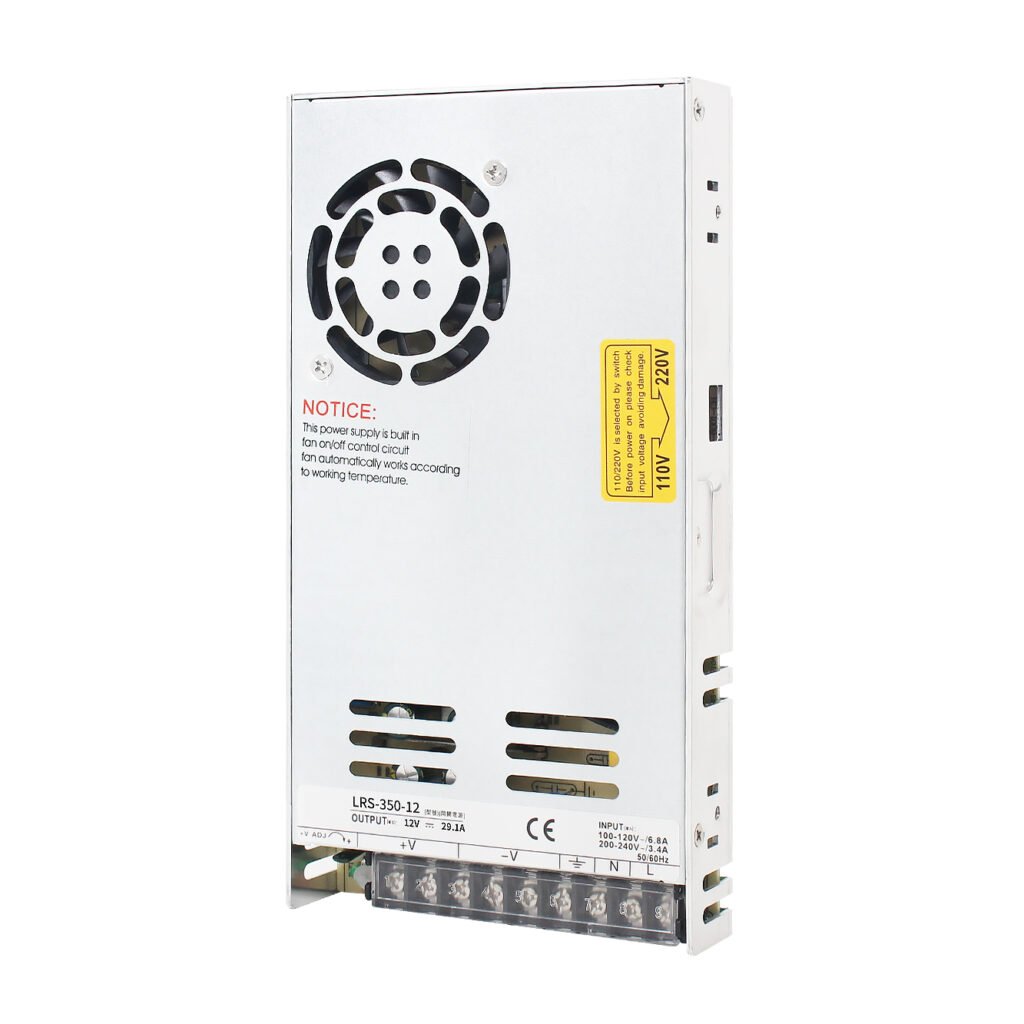
A switching power supply, also known as a switch-mode power supply (SMPS) or simply a switcher, is an electronic power supply that converts electrical power efficiently from one form to another by using the technique of switching between different voltage levels at a high frequency, typically ranging from tens of kHz to several MHz. This differs significantly from traditional linear power supplies, which typically operate at a lower, fixed frequency and convert voltage by dissipating excess energy as heat.
Key Components and Operation:
- Rectifier: The first stage of an AC-to-DC switching power supply is often a rectifier, which converts alternating current (AC) from the mains into direct current (DC). This DC voltage, however, may still be at a higher level than required by the load.
- Filter: After rectification, a filter is used to smooth out the ripples in the DC voltage, though it doesn’t necessarily reduce the voltage level significantly.
- Power Switch: The heart of the SMPS is the power switch, typically a transistor (MOSFET or IGBT) that is rapidly switched on and off to control the flow of current through the primary winding of a transformer. This switching creates a high-frequency AC signal.
- Transformer or Inductor: The transformer or inductor is used to transform the high-frequency AC signal to a different voltage level, often stepping it down for use by the load. In some designs, a single inductor with varying currents may be used instead of a transformer.
- Output Rectifier and Filter: On the secondary side of the transformer or at the output of the inductor, another rectifier converts the AC signal back to DC, and a filter smooths out the remaining ripples to provide a clean DC voltage to the load.
- Feedback and Control Circuitry: A critical aspect of SMPS design is the feedback and control circuitry, which monitors the output voltage and adjusts the duty cycle (the ratio of the time the switch is on to the total time period) of the power switch to maintain a stable output voltage despite changes in input voltage, load conditions, or line and load transients.
- Protection Circuits: SMPS often include protection circuits such as overvoltage protection, overcurrent protection, and thermal shutdown to prevent damage to the supply or the load in case of abnormal operating conditions.
Advantages of Switching Power Supplies:
- High Efficiency: SMPS can achieve much higher efficiencies (often over 80%, with some designs exceeding 95%) than linear power supplies, resulting in less energy waste and heat generation.
- Smaller Size and Lighter Weight: Due to the high-frequency operation, transformers and inductors can be made smaller and lighter, leading to more compact power supplies.
- Better Regulation: The use of feedback and control circuitry enables precise regulation of the output voltage over a wide range of input voltages and load conditions.
- Lower Operating Costs: Higher efficiency translates into lower operating costs, especially in applications where the power supply is left on continuously.
Applications:
Switching power supplies are ubiquitous in modern electronics, from portable devices like smartphones, laptops, and tablets to larger systems like servers, industrial equipment, and electric vehicles. They are also found in LED lighting, power tools, and a wide range of consumer and industrial electronics.
